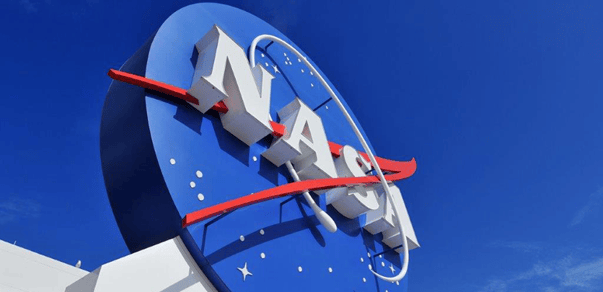
Given the difficulty of its missions, NASA might be expected to lead in risk management. But in some cases it does not. The space agency has lost nearly $700 million after using faulty materials to build two rockets that were supposed to deliver satellites studying the Earth’s climate during 2009 and 2011.
Investigators in NASA’s Launch Services Program helped unravel the aluminium scam after undertaking a multi-year study into the failed launches. From 2005 to 2015, it found that the aluminium contractor’s supervisor was knowingly falsifying documents and instructing other subordinates to do the same. In August, he was sentenced to three years in prison. As of 2015, the company has been suspended as a government contractor, and it will pay $34.1 million in combined restitution to NASA, the Department of Defense’s Missile Defense Agency and commercial customers, as well as forfeiting $1.8 million in ill-gotten gains, the US Justice Department said.
Although it receives some compensation, NASA is still out of pocket as a result of the fraud. There will be no further recuperation of costs.
“NASA relies on the integrity of our industry throughout the supply chain. While we do perform our own testing, NASA is not able to retest every single component. That is why we require and pay for certain components to be tested and certified by the supplier,” said Jim Norman, NASAʼs director for launch services. “It is critical that we are able to trust our industry to produce, test and certify materials in accordance with the standards we require. In this case, our trust was severely violated."
2020 Online summits | Supplier management at speed
Asia Pacific: 20 October - North America: 22 October
EMEA: 3 November
Managing supplier's contract, performance and risks
NASA’s difficulty in managing supplier risk is unfortunate but not uncommon. In more than 10 years of data research and over 2,000 participating global organizations, surveys show that 41% of companies do not have contract and performance management in place for half of their suppliers. At the same time, the greatest non-financial benefit of an SRM program is risk management, the research shows.
Risk management is so woven into our daily lives that we hardly notice it. We fasten our seatbelts each time we drive our cars. We use safety features on our home appliances. We consult with legal counsel and subject matter experts before making business decisions. Given so much organizational risk comes from supplier ethics, compliance, operational continuity and quality control, why do some of the world’s largest organizations fail to work with suppliers to achieve a more stringent risk assessment and governance?
Toughened supplier risk management is one of the benefits of State of Flux’s model for successful SRM. The model recommends assessing SRM value, engaging key stakeholders, governing processes, finding people and skills and harnessing technology and collaborating with suppliers. But risk management is not the only benefit of SRM. Effective programs lead to greater financial gains, stronger strategic relationships, greater innovation and mutual trust. The value is measurable too: leading organizations gain up to 6% over their contracted value through an SRM programme.
You don’t need to be NASA to see the value in SRM. Most organizations depend on key suppliers to such an extent that a more meaningful and collaborative relationship with them can lead to mutual trust, greater savings, more innovation and reduced risk. It’s not rocket science.
Save the date to join us for this years 2020 online summits -supplier management at speed
.png?width=1200&name=SoF-2020_Summits_Banner%20(1).png)

